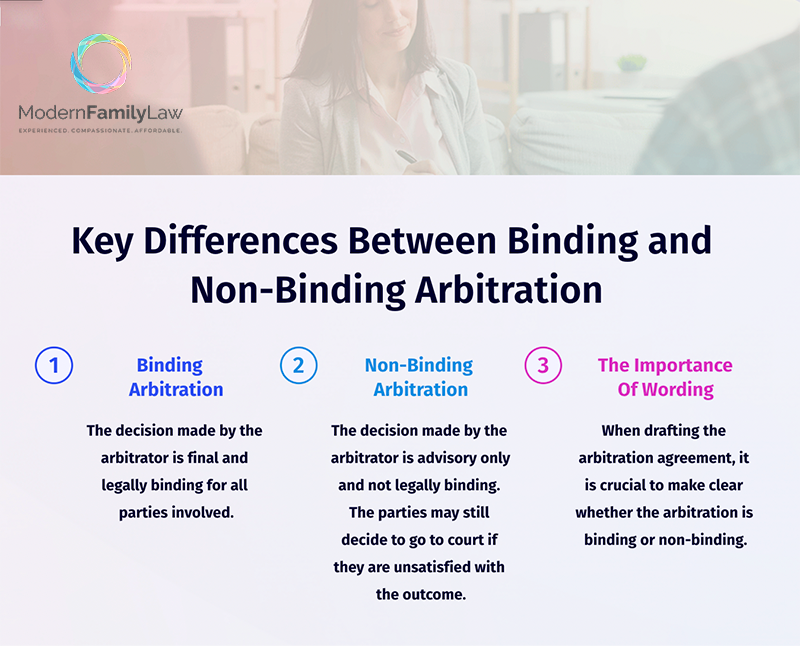Arbitration is an alternative dispute resolution process that offers parties an opportunity to settle their disputes outside the courtroom. In Colorado, arbitration is widely used in a variety of contexts, including employment, commercial, and construction disputes. However, not all arbitration is created equal. There are two types of arbitration: binding and non-binding arbitration. Understanding the differences between these two types of arbitration is essential to make informed decisions about how to resolve your dispute. This article will provide an overview of binding and non-binding arbitration in Colorado, highlighting their key differences.






